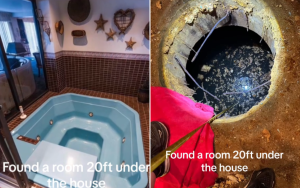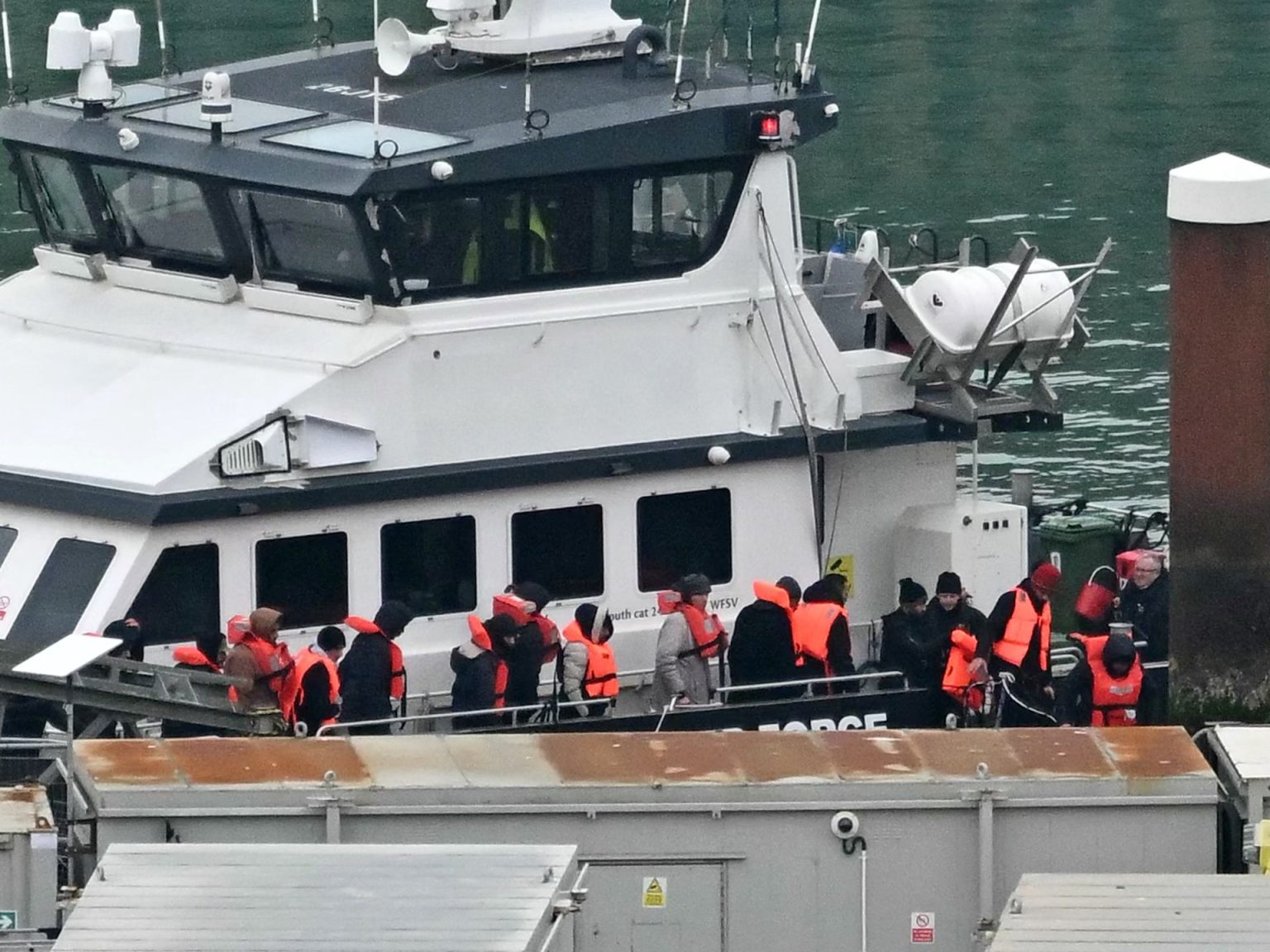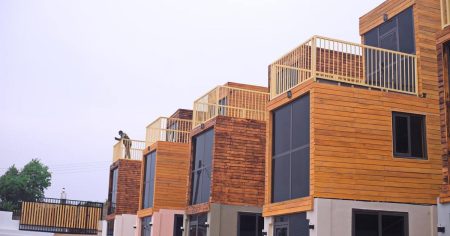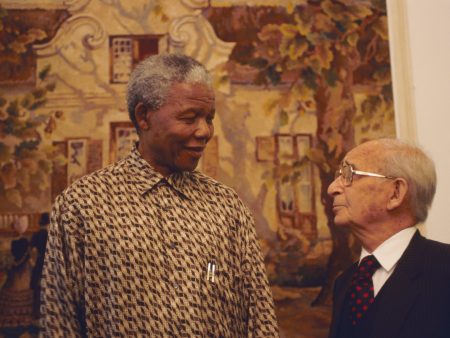The controversial UK government bill to send asylum seekers to Rwanda has finally secured approval from the House of Lords, despite multiple demands for amendments. Prime Minister Rishi Sunak is eager to start the first deportation flights to Kigali within weeks, in the hopes of boosting his party’s election prospects. The Rwanda scheme has faced legal challenges and criticism from UN human rights experts and groups supporting asylum seekers since it was first proposed as a way to stem the flow of asylum seekers crossing the English Channel.
In the past, attempts to deport asylum seekers to Rwanda were halted by injunctions and legal rulings, with concerns about the safety and human rights record of the East African nation. The National Audit Office estimates that the deportation of the first 300 asylum seekers will cost the UK over half a billion pounds. The House of Lords had demanded amendments to the bill, including independent monitoring of Rwanda’s safety status and exemptions for certain individuals, but ultimately let the legislation pass without any formal changes.
Critics argue that deporting asylum seekers to Rwanda instead of processing them in the UK is inhumane and raises concerns about the safety of the individuals involved. The “Safety of Rwanda” bill limits individuals’ appeal options and declares Rwanda as a safe destination, despite previous legal rulings to the contrary. Other European countries are also exploring agreements with third countries to process asylum seekers. UN rights experts have warned airlines and aviation regulators against participating in the deportations, as they could be complicit in violating human rights laws.
With more than 120,000 people reaching the UK by crossing the English Channel in small boats since 2018, the issue of immigration has become a major concern. Last year, over 29,000 asylum seekers made the treacherous crossing, with one in five of them from Afghanistan. The Conservative Party, which promised to take control of the borders and reduce immigration after Brexit, is facing a tough battle in the upcoming election against the Labour Party. Labour has vowed to scrap the Rwanda deportation scheme if they come to power and work on a deal with the EU to manage arrivals more effectively.
Despite the approval of the bill by the House of Lords, the government’s plans could still face legal challenges and opposition from various groups. The fate of the first 150 identified individuals for deportation remains uncertain, as concerns about the safety and legality of the Rwanda scheme persist. As the UK grapples with the ongoing issue of asylum seekers and immigration, the government’s controversial approach to deportations continues to spark debate and controversy both domestically and internationally.















